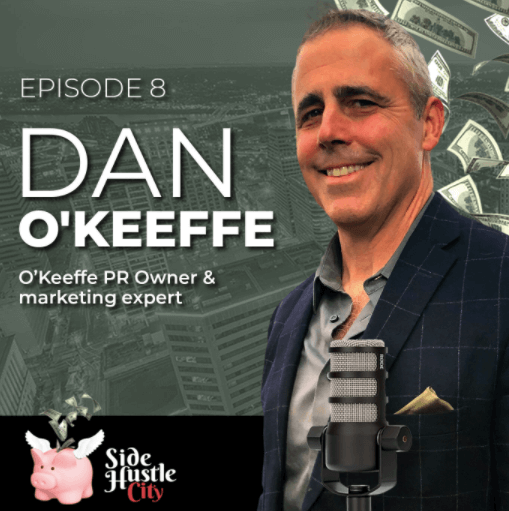Social media is a great way to connect and engage with your customers, and a valuable asset for improving SEO and creating online brand authority. Investing in social media is continuing to be a priority for established and growing organizations. In fact, 80% of business executives think it’s very important or essential to invest additional resources in social media marketing.
Now that you have determined that social media is established as a priority for your brand, it may feel overwhelming to find the best place to start. I’m sharing a few do’s and don’ts to help guide your social media strategy development and make it a sustainable effort for your team.
DON’T need to be everywhere
Twitter, Facebook, LinkedIn, TikTok, Pinterest, and the list goes on and on and on…
A misconception for brands just kicking off their social media presence is that they need to be on every social media platform. If you’re looking at creating a profile on ALL platforms, you may be unintentionally setting yourself up for failure.
Only focus on platforms that make the most sense for your brand and help you reach your target audience. Ask yourself a few questions to find out which platforms to start with:
- Where does my target audience spend most of their time?
- What frame of mind do I want my audience to be in when they encounter my brand?
- What is the attention span of my audience?
Take these answers and choose one to three platforms that make sense for your audience.
DON’T need to post 10x a day
The philosophy of the more, the merrier doesn’t apply to social media posts. In fact, posting too much on social media can have negative consequences like cannibalizing the performance of posts and losing followers. Plus, your social media team will feel burnt out trying to keep up with this unsustainable schedule.
However, it is possible to create a social media strategy that works with your brand and not against it.
An important consideration when developing and executing a social media strategy is what is possible for your brand and your team. If you can only post on LinkedIn once a week, that’s okay! Prioritize consistency, not quantity.
DO need to maintain clear messaging and brand guidelines
Social media is a great way to meet your audience where they are, but in that process, you need to ensure that the brand they see on social media is the same one they’ll see on your website and speak to when they call your offices.
Here are a few easy ways to ensure your brand consistency that often get overlooked:
- Use the correct logo
- “Talk” on social media like you would in your office
- Share posts that accurately represent your brand
You may look at accounts like Wendy’s on Twitter and Duolingo on TikTok and think your brand needs to follow suit. I promise you don’t need to “roast” people or create “unhinged” content to get your brand noticed. Maintain your unique brand voice, and you will attract the right customers for your bottom line.
DO need to have a dedicated team
I’ve seen marketing and communications departments rely on one person to manage their social media presence. While this increases the risk of burnout for your employees, it can lead to rushed content that doesn’t meet your brand’s performance expectations.
To have a successful social media strategy and keep content ideas fresh, you may need to create or outsource a team of people.
If you need guidance on kicking off and maintaining a social media strategy, reach out to us!












